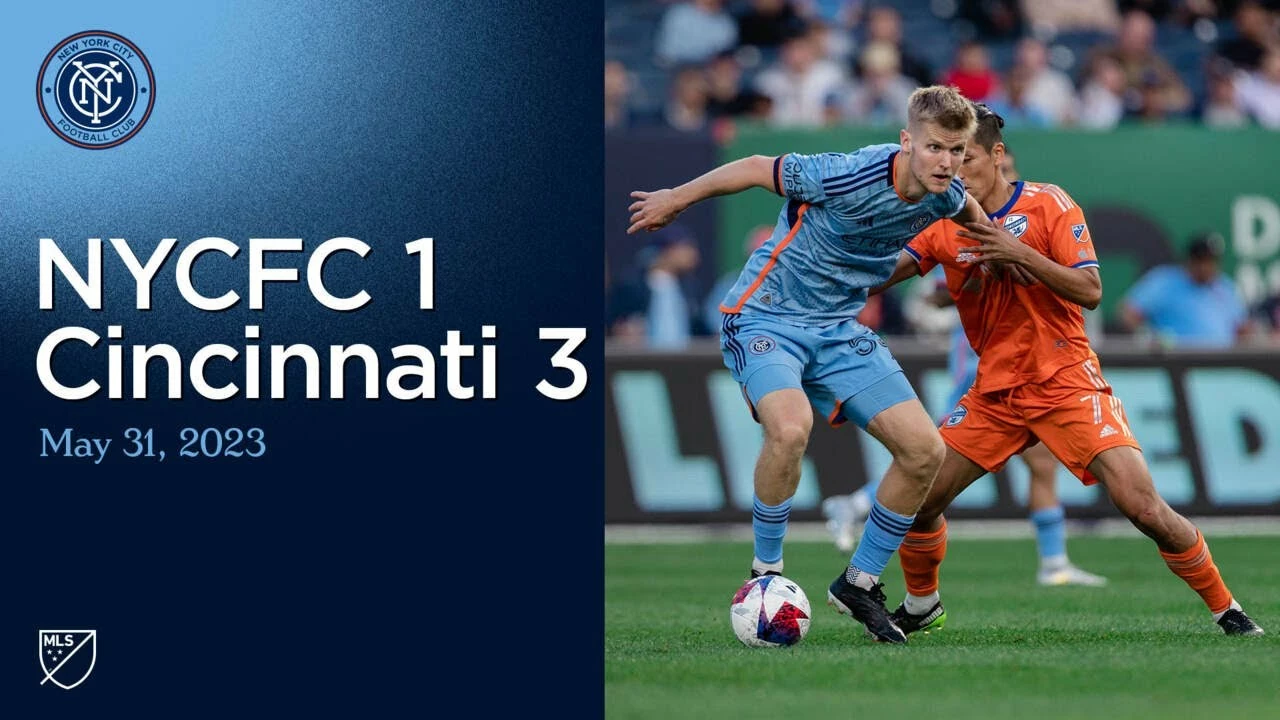Competitive Soccer: Real Ways to Up Your Game
Ever wonder why some teams always seem to have that extra spark in tight matches? It’s not magic – it’s a mix of focused training, sharp tactics, and a winning mindset. Below you’ll find straightforward ideas you can add to practice right now, no fancy equipment required.
Train Like You Mean It
Most players think endless jogs are enough, but competition demands specific drills. Try a 5‑minute sprint‑pause routine: sprint 20 meters, jog back, repeat eight times. This builds the burst speed you need for counter‑attacks and closing down defenders. Pair it with a short passing circuit – three‑player triangles in a tight space, one‑touch passes only. You’ll see quicker reaction times and tighter ball control during games.
Don’t skip the mental side of training. Before each drill, set a clear micro‑goal: “finish the triangle without a single mis‑pass.” Hitting that goal feels rewarding and trains your brain to focus under pressure.
Tactics That Keep You One Step Ahead
Even the most athletic squad can lose if the tactics are weak. A simple, yet powerful, formation tweak is the “half‑space” approach. Shift a winger slightly inward, creating a narrow channel between full‑back and midfielder. This space is perfect for quick diagonal passes that break defensive lines.
When defending, practice the “press‑and‑cover” rhythm. Two players press the ball carrier while a third slides in to block any easy pass. Drill this in small-sided games – it builds coordination and forces the opposition into mistakes.
Finally, study the opposition. Spend 10 minutes after each match watching key clips of your next opponent. Note where they struggle – maybe they avoid aerial duels or slip when forced onto their weaker foot. Use that intel to decide your attacking angles.
Mindset Hacks for Competitive Edge
Confidence isn’t built on hype; it’s built on routine. Create a pre‑match ritual: a short walk, three deep breaths, and a quick visualisation of a successful play. This routine tells your brain it’s game time, reducing nerves.
During the match, keep a “reset button” in mind. If you miss a chance or make an error, say a quick phrase like “next” and focus on the next ball. The ability to bounce back instantly separates winners from the rest.
Remember, competition is a habit, not a one‑off effort. Mix these training drills, tactical tweaks, and mental tricks into your weekly routine and watch your performance climb. The more you practice the competitive mindset, the more natural it becomes on the pitch.
Ready to feel the difference? Grab a teammate, set a timer, and start the sprint‑pause drill today. Small steps, big results – that’s the competitive soccer secret.
In my personal observation, Major League Soccer (MLS) is indeed competitive. The league has demonstrated significant growth over the years, attracting high-quality players from around the globe. The playing field is also quite level, with different teams winning the championship in recent years. Moreover, the financial investments and infrastructural advancements in the league are noticeable. So, from all these perspectives, it's safe to say MLS has become a highly competitive soccer league.
